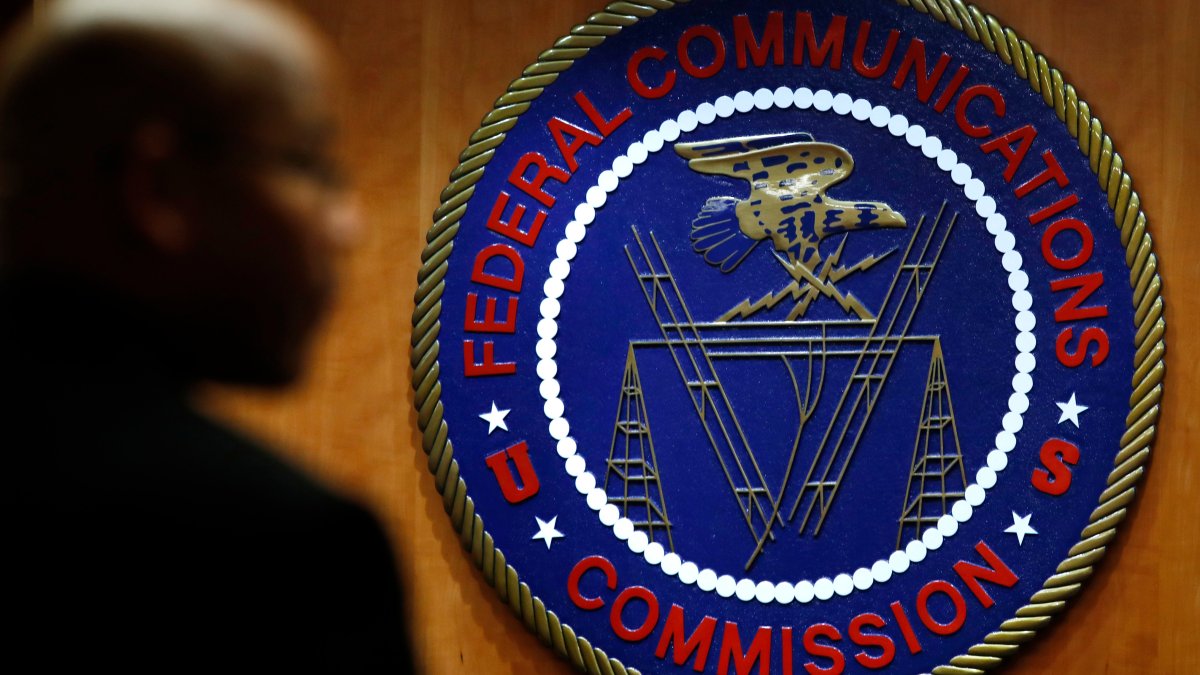The FCC's Combat Against Robocalls: Unveiling the AI's Role in Tackling Unwanted Calls

Introduction: The Emergent Need for a Solution
The persistent ringing of your phone may no longer be a sign of a loved one checking in or a dear friend seeking your advice. Instead, it might be a robocall, an automated phone call delivering a pre-recorded message. The annoyance factor is at warp speed, and setups involving artificial intelligence (AI) are making these interruptions more deceptive and more difficult to stop. Recognizing this escalating problem, the Federal Communications Commission (FCC) has put its weight behind finding a resolution to mitigate this pervasive issue. This article explores the FCC's efforts in banning AI-influenced voice robocalls and the steps taken to shield consumers from such unwanted engagements.
Section 1: The Creeping Ubiquity of Robocalls
Robocalls have evolved into a paint-stripping irritation for consumers worldwide. This aggravation is not solely due to the frequency of such calls, but the invasion of privacy they represent, eroding consumer faith in telephonic communications. Acknowledging this, the FCC has taken the reins to curb the menace of robocalls.
Section 2: The FCC's Counteroffensive: Existing Regulations and Constraints
Sure enough, tackling robocalls is no easy feat. The escalation in robocalls and the sophistication of techniques used by robocallers have added to the challenges faced by the FCC. Though the existing regulations are aimed at curbing this issue, the rapid technology evolution prompts the need for innovative solutions.
Section 3: The Integration of AI & Robocalling: Walking a Thin Line
Deceptive robocallers are leveraging AI technology to create human-like voices, tricking consumers into falling for their schemes. This development has not only increased deception but also made it challenging for consumers to detect the legitimacy of the call they receive.
Section 4: FCC's Robocall Ban: The AI Impact
The FCC recently took a giant step towards consumer protection by banning AI-assisted voice robocalls. This directive aims at safeguarding consumer interests and restoring faith in voice communications by making violators liable for stringent penalties.
Section 5: The Double-edged Sword: AI as a Solution and a Challenge
Interestingly, artificial intelligence is also a part of the solution. AI-based protocols are being implemented to tackle robocalls, and AI-powered call authentication technologies are showing promising results. However, these advancements don't come without their own set of challenges, such as substantial costs and compatibility issues.
Section 6: Consumer Empowerment: Your Protection is in Your Hands
Consumers aren't left defenseless in this battle; they can stand their ground. Acquiring awareness and skills to discern fraudulent calls and stay ahead of the technologically advanced schemers will help significantly. Furthermore, staying up-to-date with the latest FCC policies and initiatives equips consumers to combat this issue effectively.
Conclusion: Shaping a Robocall-free Future Together
The FCC's ban on AI-aided voice robocalls is indeed a leap forward. This unprecedented move, combined with enhanced consumer awareness, will hopefully corner the robocall problem, ensuring a trustworthy and safe communication environment. Undeniably, the ultimate victory over this nuisance depends on the combined vigilance of regulatory bodies, industry leaders, and individual consumers.
As the saying goes, 'knowledge is power.' Hence, arming ourselves with the right set of skills and information will ensure we can fight this battle against robocalls victoriously. Whether it’s a step-by-step evaluation or adapting the latest technology, we must do everything we can to protect ourselves and our loved ones from these malicious interruptions. The strength of unity has never been as crucial as it is now in curbing the menace of robocalls.








